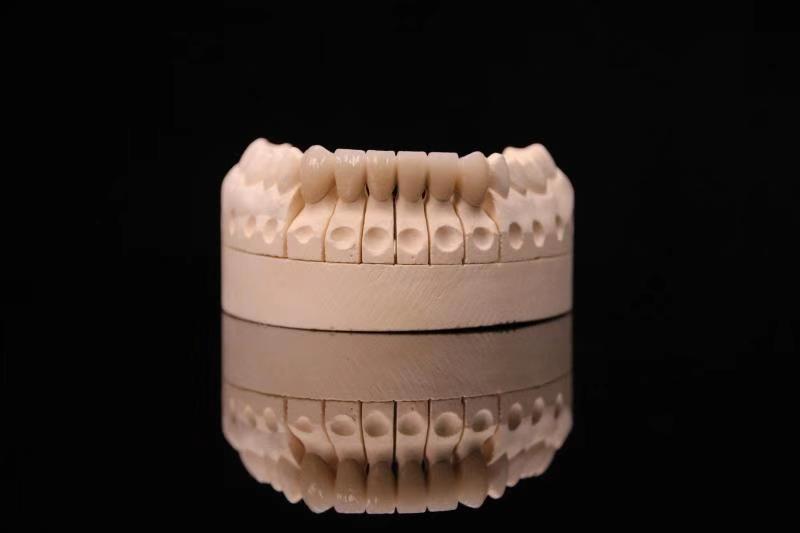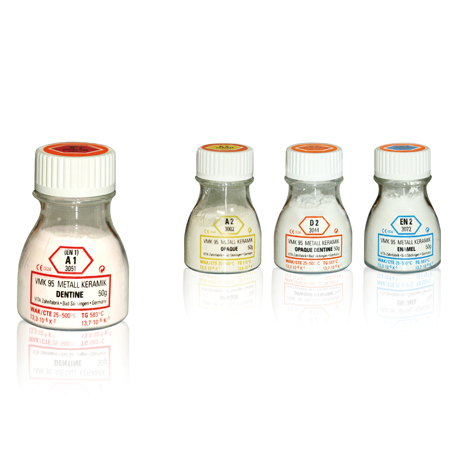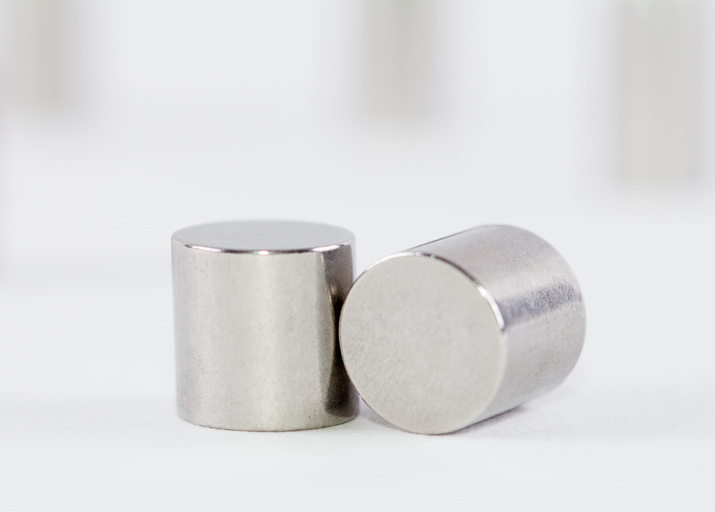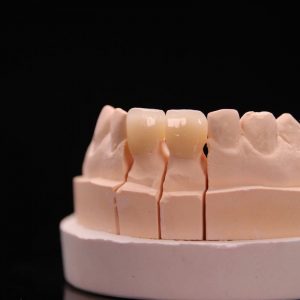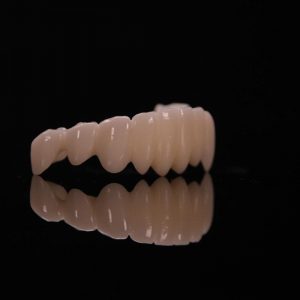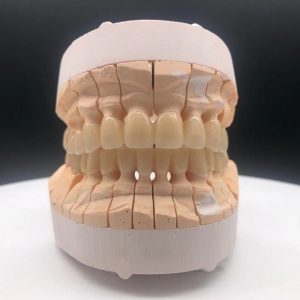Description
Porcelain fused to metal crowns (or PFM crowns) can be referred to as full-cast crowns which has porcelain fused on most or all parts of the tooth. … Metal alloys with a high melting temperature are used to fuse porcelain to the surface and preventing the metal from melting.
Porcelain fused to metal crowns
Porcelain fused to metal crowns (or PFM crowns) can be referred to as full-cast crowns which has porcelain fused on most or all parts of the tooth. They are a hybrid between porcelain and metal crowns. The entire crown has a metal layer underlying and porcelain / ceramic on top of it.
The metal framework is thin, strong, and perfectly fits the prepared teeth. It’s a combination of different types of alloys which are designed such that they bond very well with the porcelain. Metal alloys with a high melting temperature are used to fuse porcelain to the surface and preventing the metal from melting. This ensures the porcelain to bond without changing its color.
When the tooth is prepared for such crowns, a large part of the tooth tissue gets removed making space for porcelain as well as the metal.
A porcelain veneer is fused over the metal shell. The porcelain layer is 1.5 mm to 2 mm thick depending on the area of your tooth. The porcelain layer is tough, withstands the chewing forces very well, and looks like your natural teeth.
Porcelain fused to metal crown
Porcelain crowns are the most preferred crowns as they easily match the color of the adjacent teeth better than the metallic crowns. However, they cause more damage to the opposite teeth than the resin and metal crowns. Some cases show that the porcelain portion of the crown can also break or chip off from the teeth.In receding gums, such crowns are not suitable as the porcelain can start showing distinctively. They are best suited for the back and front teeth.
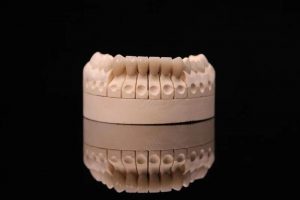
Types of porcelain fused to metal crowns
The metal framework is a combination of different types of alloys. The type of framework is one of the factors which decides the price of your porcelain fused to metal crown.
1. Porcelain fused to base metal alloys
As the name suggests, here the framework uses a combination of base metals which are popular in dentistry. However, some of you may have an allergy to few of the base metals such as nickel. Opting for noble metal crowns helps you avoid allergy.
2. Porcelain fused to titanium alloys
Titanium alloys have the properties of noble metals such as gold.As they have superior properties they are useful for implants and other dental prostheses. Your dentist builds a crown on it and it feels like your natural teeth.
Porcelain fused to titanium alloys carry better properties than base metal alloys but gold alloys carry even better properties.
3. Porcelain fused to gold alloys
Gold alloys offer the best properties, carry the highest strength, durability, and cause no allergy.
Though the name says gold, a gold alloy is a combination of gold, platinum, silver, palladium, copper, and tin. The first four metals in a gold alloy are known as noble metals as they have superior properties. The last two metals are known as base metals. The higher the amount of noble metals present in a gold alloy, the higher is the price and better are the properties.
Generally, dental gold alloys carry 16 karat gold; thus, gold restorations used in dentistry also carry a resale value. The composition of gold alloys varies based on the use. PFM crowns, gold inlays, and gold crowns / bridges carry a different composition based on the properties needed.
- If you are using a gold alloy under PFM, most of the times, gold is 40% of the crown, other precious metals such as platinum, silver, and palladium are 20%, and base metals make 40% of the crown. We call this type of PFM crown as the porcelain fused to high noble metal crown.
- Sometimes your crown may be having more than 25% of noble metals and the rest is base metals. We call this as porcelain fused to noble metal crown.
- The base metal crowns may also have some amount of noble metals in them.

